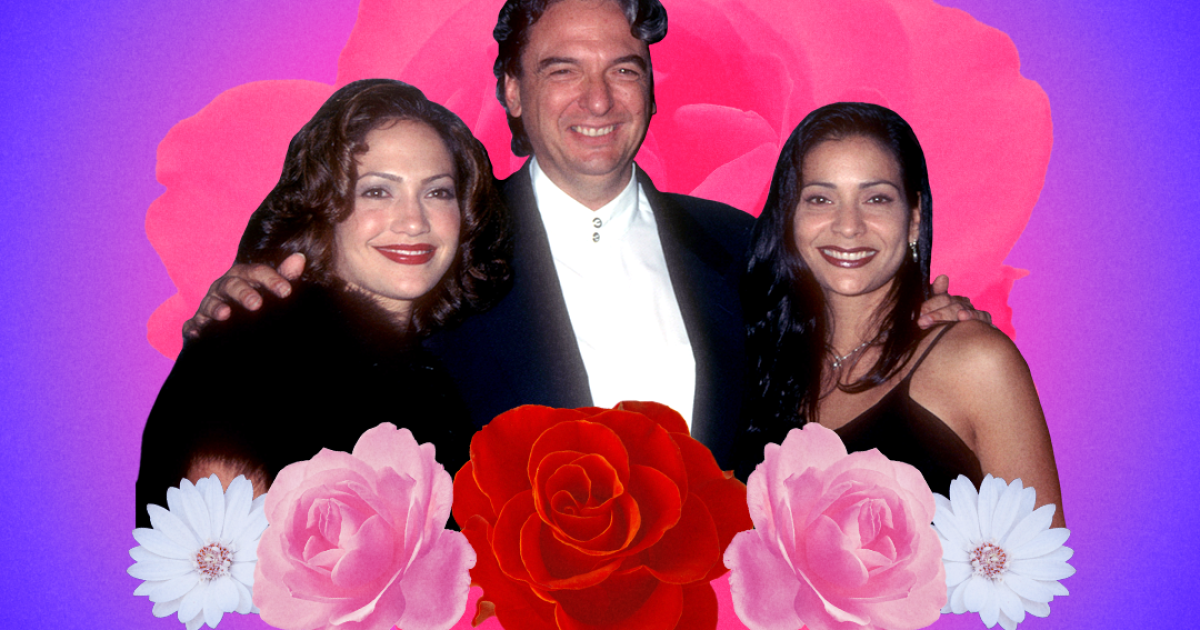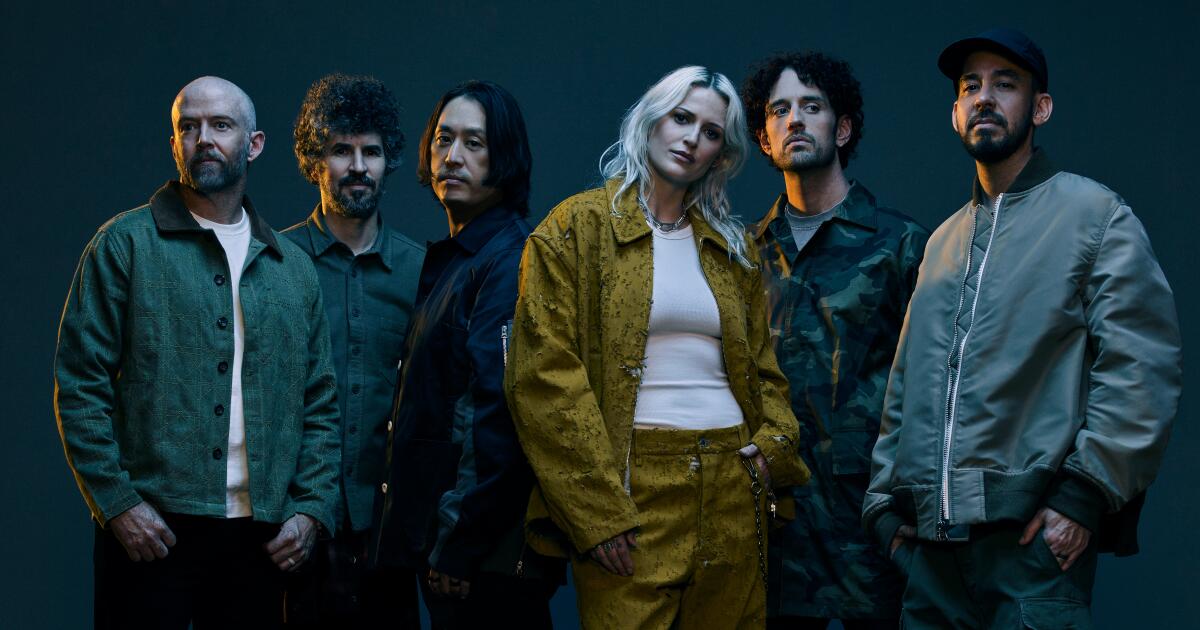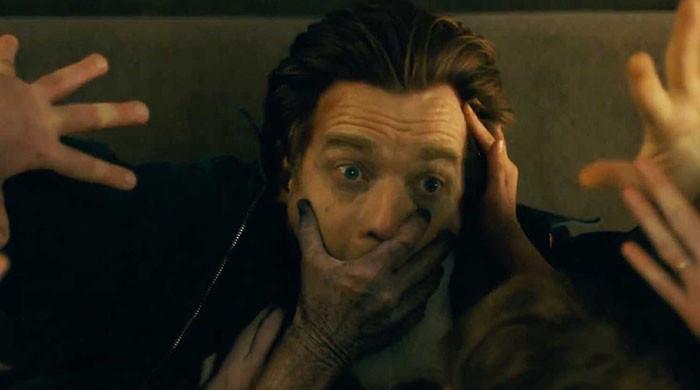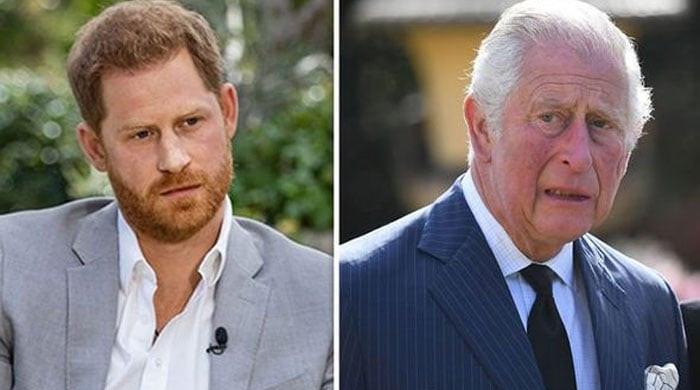The director reflects on his iconic biographical film, which the husband of the late singer, Chris Pérez, has called Selena “Bible.”
In the three decades since the death of Selena Quintanilla-Pérez, its history has been told in a variety of formats, of a podcast still Limited television series and Book for children. However, few have remained as culturally significant as the 1997 biographical film, “Selena”.
Producing citiable phrases such as “Anything for Selens” or related scenes that represent the tense relationship of his family with his hybrid mexicoamerican identity, “Selena” continues to resist the test of time, and remains one of the few cinematographic representations of the pop star approved by his family.
Not long after Selena's murder, her relatives took advantage of the filmmaker nominated for Oscar Gregory Nava, who previously told immigrant stories in “El Norte” of 1983, as well as his 1995 film, “My family.” The latter followed a Mexico American family in Los Angeles with a full Latin cast, including Edward James Olmos, Constance Marie, Jacob Vargas and a flourishing Jennifer López.
“Selena's family felt very strongly that only a Latin filmmaker could understand the culture, her spirit and the world she came from,” says Nava.
With the financial support and distribution of Warner Bros., Nava wrote and directed the film in Texas. He interviewed family and close friends of the singer, who at the age of 23 had captivated the public throughout the diaspora with his voice and his captivating presence on stage.
“She was such a bright light,” says Nava. “It was really tragic when he left us, but I feel that his spirit is still with us.”
(Courtesy of Gregory Nava)
“Selena” raised more than $ 35 million after its launch, and López's performance as the singer of “like La Flor” earned him a nomination for best actress in the 55 ° Golden Globe Awards Annual. He spoke with Nava about the lasting meaning of his film, 30 years after the death of the superstar.
The following has been edited and shortened for clarity.
Pass me through those first moments when he approached him to direct the movie “Selena”.
I had a movie, “My family”, which was a tremendous success after [Selena died]. I think Ab Quintanilla saw him with his family and said: “This is what we want in our Selena movie.” I made a deal with Moctesuma Esparza and communicated with me to write and direct the movie.
Many people advised me not to do so. They said: “You are a very serious filmmaker and this is hot, popular. This is a television movie and it is not a good professional movement for you.”
But his story took me a lot. I lived in Venice in Los Angeles at that time and I was walking and thinking of making the movie, and I met two young Latinas with Selena T -shirts. I asked them: “Why do you love Selena?” And they looked at me and said: “Because she looks like us.”
I realized that our young people, our community, we have no images on the screen that resemble us. And that means the world to look on the screen. I thought: “I'm going to make this movie for those young girls.”

Jennifer López and Greg Nava in the “Selena” set.
(Courtesy of Gregory Nava)
Was there any time when you hit the heads with Selena's family?
I would not give them the approval of the script. For me, as a filmmaker, I really wanted to tell a real story. He had conflict, not with the family, but with Abraham. His father was very protective with her.
When I sat with Chris Pérez, he asked: “Do you want me to tell you what really happened? Or do you want to know what Abraham knows?”
I said: “I don't care what Abraham wants. I want to know what happened.” Chris says: “The truth is that it was not my idea to escape. It was Selena to escape.”
Now that is the scene you see in the movie.
When Abraham read the script, he really bothered because until that moment, he thought it was Chris Fugar and that Chris had corrupted his beautiful daughter. Then he calls me to his office and closes the door, and we had a scene that lasted many hours. We were going through this and the whole script, but specifically at this time.
He said: “You can't do this, Greg … you can't put on the screen that it is correct for a young woman to disobey her father.”
I said: “Isn't it a more important point that she is doing what she knows is correct and? [that] Are you doing the right thing because you know that it loves Chris and Chris loves her? You should see these love letters that she wrote.
What implied love letters?
She really loved him. She knew that the only way they could be together is that if she disobey her father, but in a sense, she would be healing the whole family. When a young woman has to find her independence, that will always imply a fight, right?
Then I said [to Abraham]”Isn't it more important for our young women to find their own being?”
He says: “Ok, Greg. I suppose that if I have to see me badly for Selena to look good, I will.” He has a soft heart and finally saw that it was the right thing, but he took hours of heated discussion.
The filming took place shortly after Selena died. Was there any challenge you found for that?
Yes. Due to the sensational nature of his death with the president of his admirers club shooting her … I mean, people sneaked into the morgue and took photos of Selena's body and had put it on the Internet. He was getting out of control. Abraham felt that they needed to make a movie quickly to solidify Selena's legacy.
I released this movie to several studies. I have to thank Bill Gerber, who was president of Warner Bros. at that time, and he came from a musical background. It was essential for us to do this.
The study decided to launch the film on the second anniversary of his death. That is very fast to get a movie. They basically hit the movie without a script. It was very bold and brave for the study. It can take postproduction from eight months to a year and mix everything; from the last day of the main photography until when [“Selena”] Inaugurated in theaters, I had 12 weeks. At that time, the film premiered in the film, and had to attack 2,000 impressions. We do not sleep for 12 weeks to get that movie to theaters. It was a Herculean task.

Jennifer López, left, Gregory Nava and Constance Marie during the third annual conference of the Latin entertainment industry on September 12, 1997 in Burbank.
(Albert L. Ortega / Wireimage / Getty Images)
How did the public react?
When we foresee the movie, he obtained a [score of] 97. [We’d] I have never seen a previous view like this. Both Latin people and not Latin loved it. The actors really channeled those characters. He was hugged from the beginning because he was healing. And people needed to heal this.
What role do you think the film had to shape Selena's image after her death?
Abraham was very wise to push him quickly. Selena gathered us all, and consolidated her legacy positively. All negativity was dissipated by that film. You see it in the movie and you feel it. Jennifer López was really key to the process of bringing her light to the screen. You have to have an actor who can bring it. [Lopez] He lived with the family, studied Selena videos [performing] And he worked hard to capture his heart and soul.
What do you think about the various Selena media that exist and have not been approved by the family?
There are many documentaries that are not from the family, which are sensationalized, fortunately the power and reputation of the film have replaced all those things. I was talking to Chris Pérez recently and he said: “[The ‘Selena’] Movie, that's the Bible. “
Why was it important to film in Texas?
Because that's where the story takes place! Selena is Texas, Texas is Selena. I knew we would get the support of the Tejano community if we made the movie there.
I wanted to start with this great scene, but we didn't have money for extras. We shoot the [Houston Astrodome scene] In the Alaminome in San Antonio. We put an ad in the newspaper: “Come to dress how you would get to a Selena concert.” We did not know if someone would appear or not, [but] 35,000 people came. When you see that movie opening scene, that's all real people. There is no CGI.

Jennifer López, on the left, and Selena's sister, Suzette Quintanilla, behind the scene of a multimedia event for “Selena”.
(Courtesy of Gregory Nava)
What would you say is your favorite “Selena” scene?
I love the most tender scenes that are very human and very emotional. I think the scene in which she tells Chris that they have to choose is a great scene. Another thing that I love in the movie is young children when they don't want to practice.[Or]When the two sisters are on the roof watching the moon and dreaming of acting.
Have you seen Selena's new documentary, “Selena and Los Dinos”?
I thought it was wonderful. You really have the opportunity to see the true Selena in all these homemade videos, speaking and reacting with Chris and reacting with his family and other things. That woman is so brilliant and charming.
What impact would you say that Selena Quintanilla-Pérez's trip still has in future generations?
Selena is an example of someone who overcame an obstacle after another, after another, and did everything with joy, enthusiasm. Here is this young woman who became the biggest star in the world of music of Tejano, and to this day, is the number 1 star in the genre. But people don't realize the achievement in a world [dominated by] sexism. And then she [broke into the] Conventional American pop music [with] Those songs of the English language she did, “Dreaming of You” and “I could fall in love”

She conquered that and became number 1 as Mexico in Mexico. I was there at a film festival, and have Selena events in all these festivals where everyone goes and danced with Selena's music. Everyone still listens to Selena, because music is timeless. Thirty years from now on, they will still be playing [her songs]. His light shines more now than ever.












